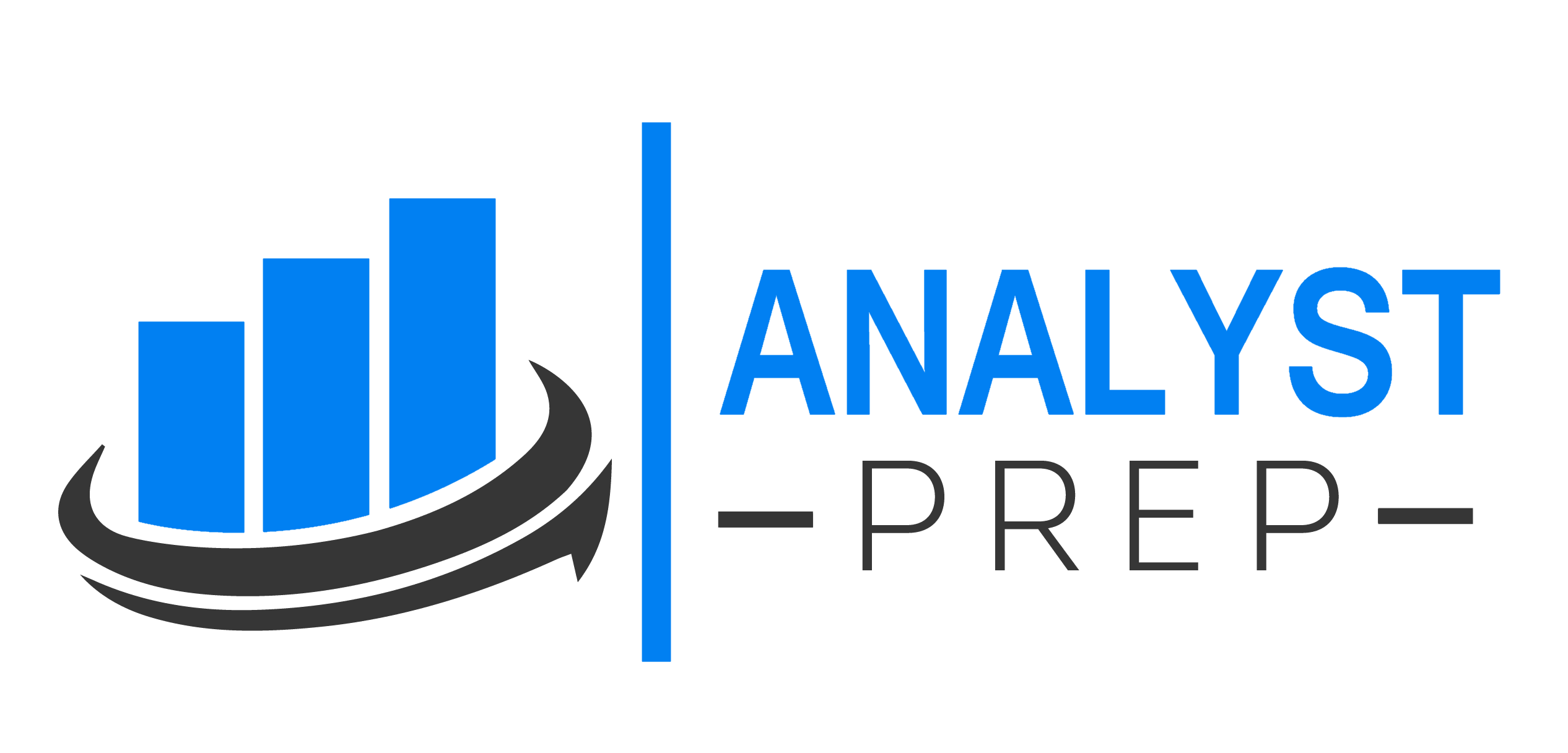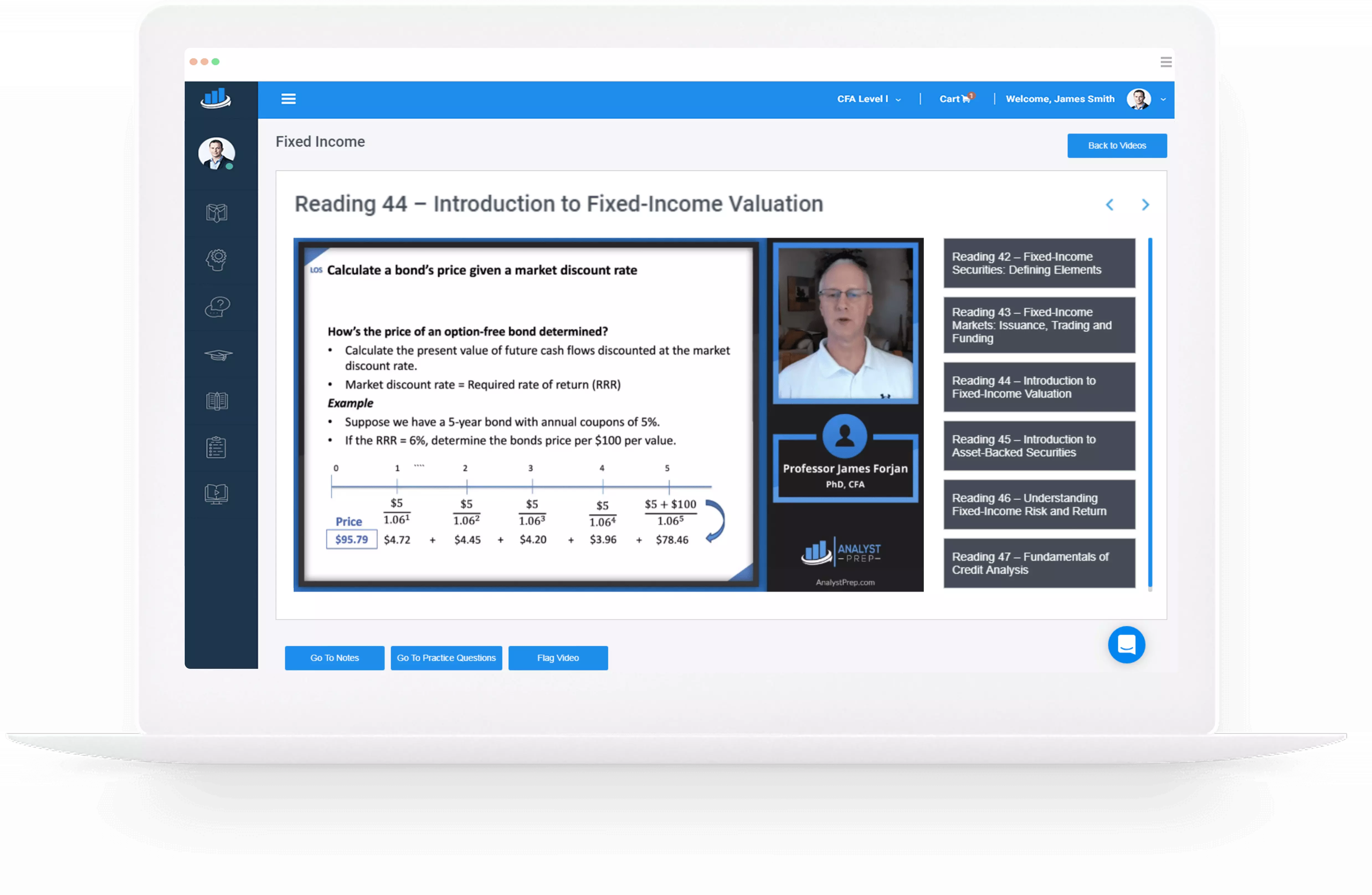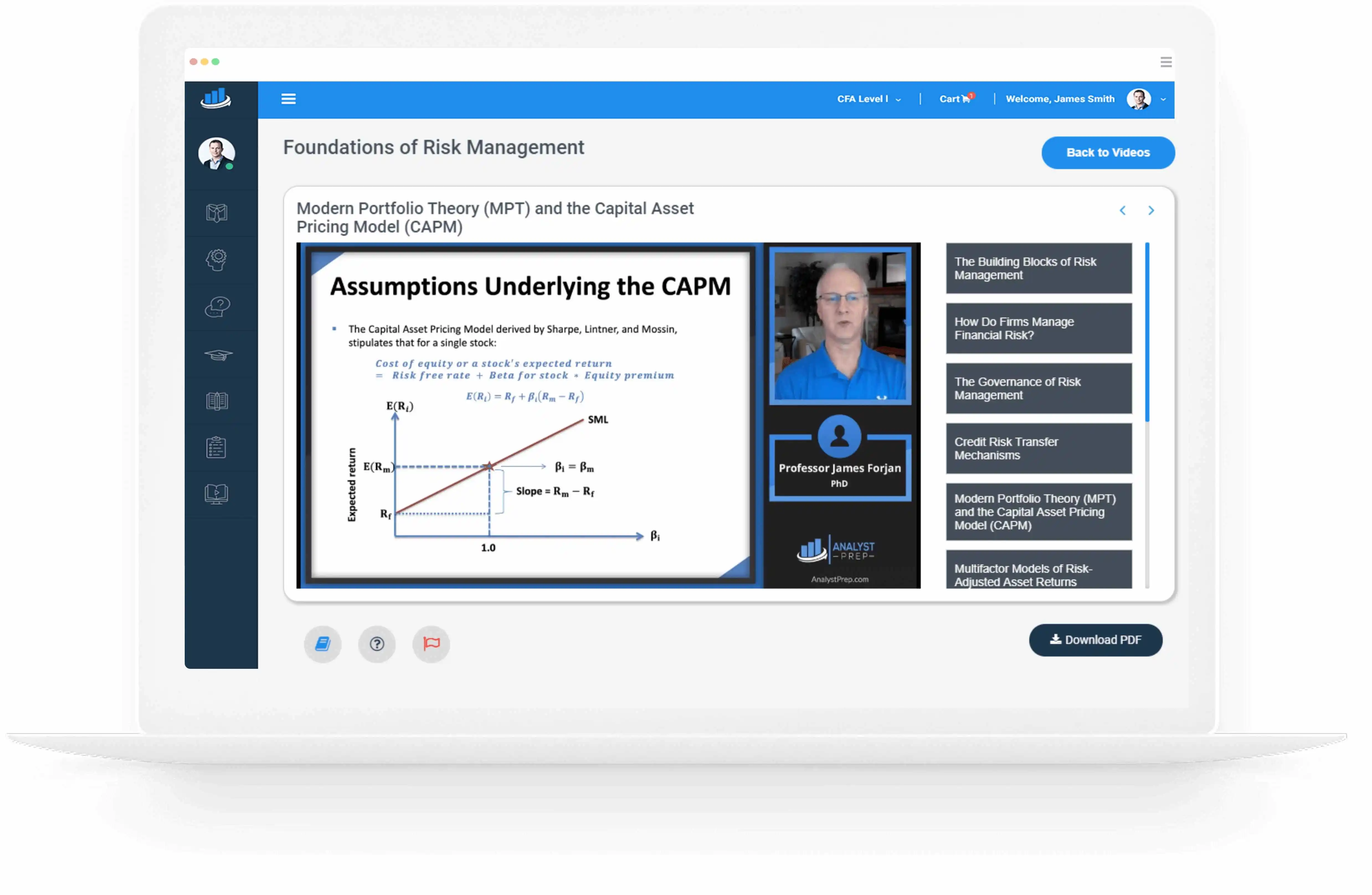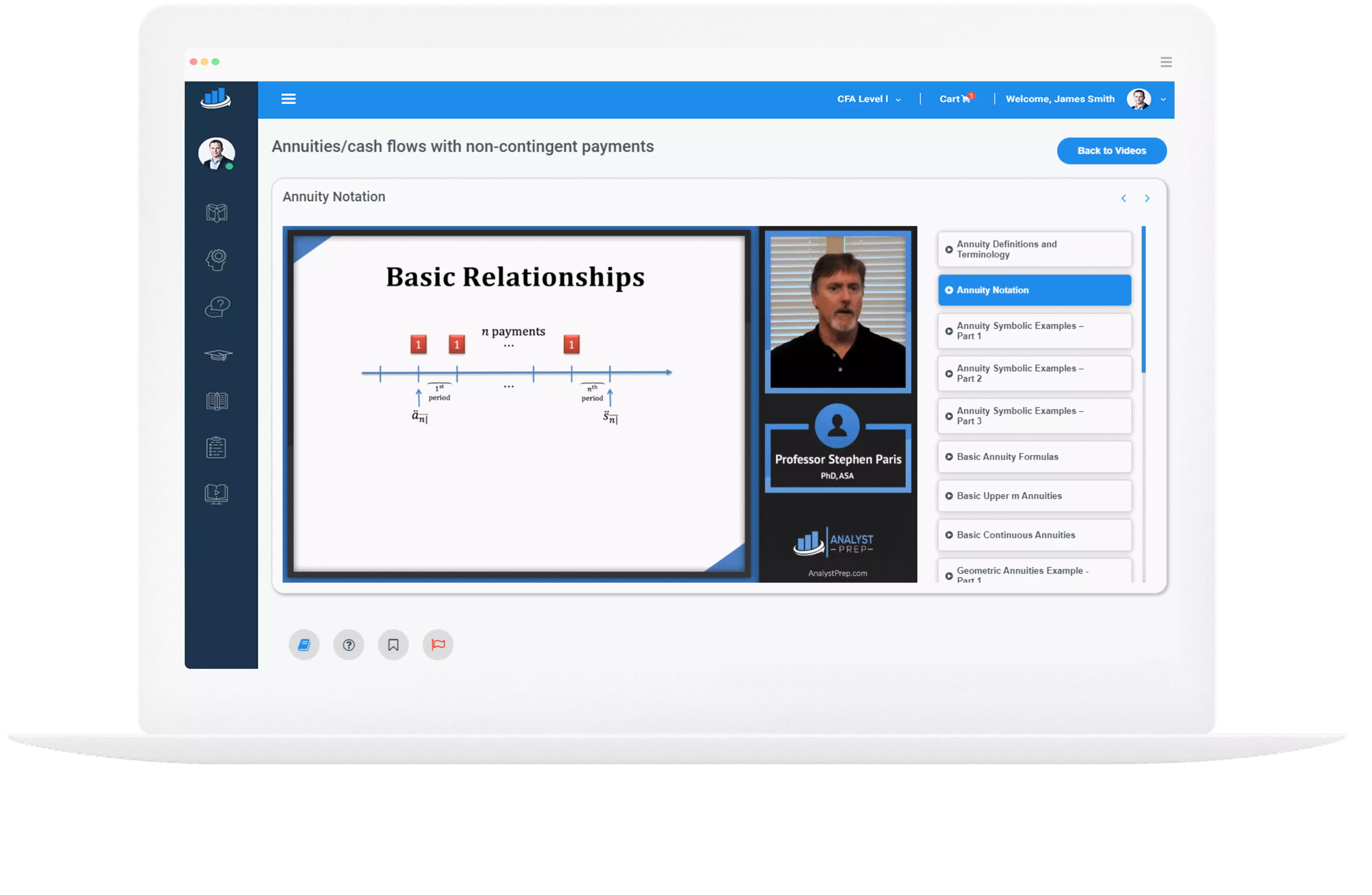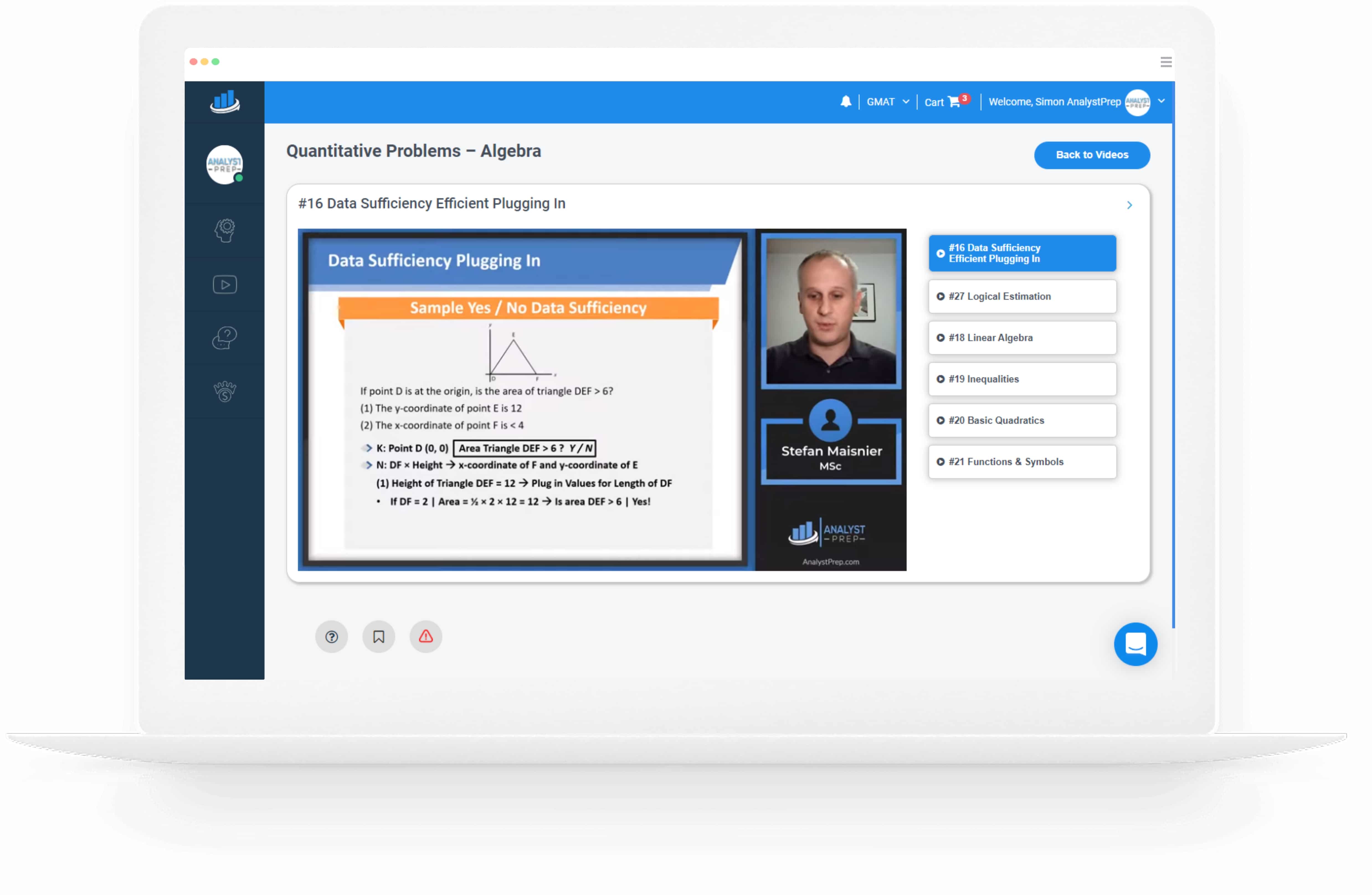Roles and Objectives of Fiscal Policy
Roles and Objectives of Fiscal Policies Fiscal policy affects the following three aspects of an economy. The level of aggregate demand and the economic activity level. Income and wealth distribution among different segments of an economy. Allocation of resources between…
Compare Monetary and Fiscal Policy
Fiscal Policy Fiscal policy refers to government decisions on taxation and spending. These decisions affect a number of factors in the economy, including: Distribution of wealth and income across different parts of a country. The allocation of resources in all…
Economic Indicators over the Business Cycle
As we will discuss below, the use of resources necessary for the production of goods and services fluctuates during a business cycle. Fluctuations in Workforce and Company Costs Recovery In this phase, activity levels start to increase, closing the gap…
Credit Cycles
Credit cycles describe the changing availability and pricing of credit. They describe the growth in the private sector credit, i.e., its availability and usage of loans. Credit cycles are tied to the real economy. When the economy is strong, lenders…
Business Cycle and Its Phases
A business or economic cycle is a recurring sequence of alternating expansions (upswings) and contractions (downturns) in economic activity affecting broad segments of the economy. The phases of a business cycle occur at approximately the same time in an economy….
Identifying the Type of Market Structures
Monopoly markets and situations where companies hold significant pricing power can result in market inefficiencies, as the monopolies tend to constrain output in order to sell at higher prices. Due to this, many countries have a competition law that regulates…
Oligopoly Competition
Demand Analysis under Oligopoly Competition The demand curves in oligopoly markets are influenced by the level of pricing interdependence among firms. When collusion exists in a market, the aggregate market demand curve is divided among the individual producers. In the…
Monopolistic Competition
Demand Analysis under Monopolistic Competition In monopolistic competition, firms have a downward-sloping demand curve, meaning lower prices lead to more demand and vice versa. At some prices, demand is very responsive to changes (elastic), and at lower prices, demand is…
Characteristics of Market Structures
Factors that Influence Market Structure. The number and relative magnitude of firms supplying a product. The extent of product differentiation. The seller’s power over pricing decisions. The strength of the barriers to entry and exit. The extent of non-price competition…
Breakeven Analysis
Companies can be grouped as operating in perfect or imperfect competitive environments depending on the slope of the demand curve. Perfectly Competitive Environment In a perfectly competitive environment, firms are the price takers. That is, the firm must accept the…
